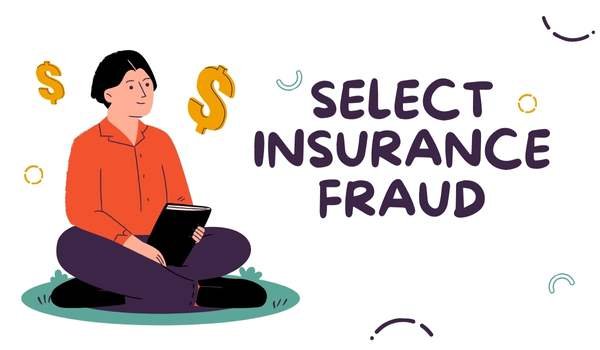Insurance fraud is a deceptive and illegal practice that impacts individuals, businesses, and insurance companies. Fraudulent claims can lead to increased premiums, financial losses, and damage to trust and credibility within the insurance industry. In this article, we’ll delve into the different types of insurance fraud, red flags to watch out for, and strategies to protect yourself against insurance fraud.
Types of Insurance Fraud
Insurance fraud can take various forms, including healthcare fraud, auto insurance fraud, property insurance fraud, life insurance fraud, and workers’ compensation fraud. These fraudulent activities range from submitting false claims and exaggerating damages to staging accidents and falsifying information. Understanding the different types of insurance fraud is crucial for spotting suspicious behavior and taking preventive measures.
Red Flags of Insurance Fraud
Recognizing red flags can help individuals and businesses identify potential insurance fraud. Some common red flags include:
- Inconsistent or conflicting information in claims documentation.
- Lack of documentation to support claims, such as medical records, repair bills, or police reports.
- Unusual patterns of accidents or claims, such as multiple claims filed within a short period.
- Exaggerated or inflated claims for injuries, damages, or losses.
- Sudden changes in circumstances or lifestyle that coincide with insurance claims.
- Suspicious behavior from claimants, medical providers, repair shops, or witnesses involved in the claim.
Consequences of Insurance Fraud
The consequences of insurance fraud are significant and can affect policyholders, insurers, and the overall insurance industry. Some consequences include:
- Increased insurance premiums for policyholders to cover losses from fraudulent claims.
- Legal repercussions, including criminal charges, fines, and imprisonment for perpetrators of insurance fraud.
- Damage to reputation and credibility for individuals and businesses involved in fraudulent activities.
- Financial losses for insurance companies, leading to higher costs for honest policyholders.
How to Spot Insurance Fraud
To spot insurance fraud effectively, follow these steps:
- Educate yourself about common types of insurance fraud and red flags to watch out for.
- Review insurance policies, claims documentation, and statements for inconsistencies or discrepancies.
- Verify information provided by claimants, including medical records, repair estimates, and witness statements.
- Use investigative tools and resources to gather evidence and validate claims.
- Report suspected insurance fraud to insurance companies, law enforcement agencies, or anti-fraud organizations for further investigation.
Preventing Insurance Fraud
Prevention is key to combating insurance fraud. Take proactive steps to protect yourself and your business:
- Maintain accurate records of insurance policies, claims, receipts, and communications.
- Verify identities, medical records, vehicle damage, and property assessments to ensure accuracy.
- Educate employees and stakeholders about the risks of insurance fraud and how to detect suspicious behavior.
- Collaborate with insurers to implement fraud detection tools, data analytics, and fraud prevention strategies.
- Stay informed about industry trends, regulations, and best practices for preventing insurance fraud.
Consumer Rights and Protections
As a consumer, you have rights and protections against insurance fraud:
- Know your rights as a policyholder, including the right to appeal claim denials and dispute fraudulent charges.
- Take advantage of fraud investigation services and fraud resolution assistance provided by insurers.
- Seek legal advice if you suspect insurance fraud or need assistance with insurance-related disputes.
Conclusion
Insurance fraud is a serious issue that affects everyone in the insurance ecosystem. By understanding the types of fraud, recognizing red flags, and taking preventive measures, individuals and businesses can protect themselves against fraudulent activities. Stay vigilant, report suspicious behavior, and work collaboratively with insurers and authorities to combat insurance fraud effectively.
